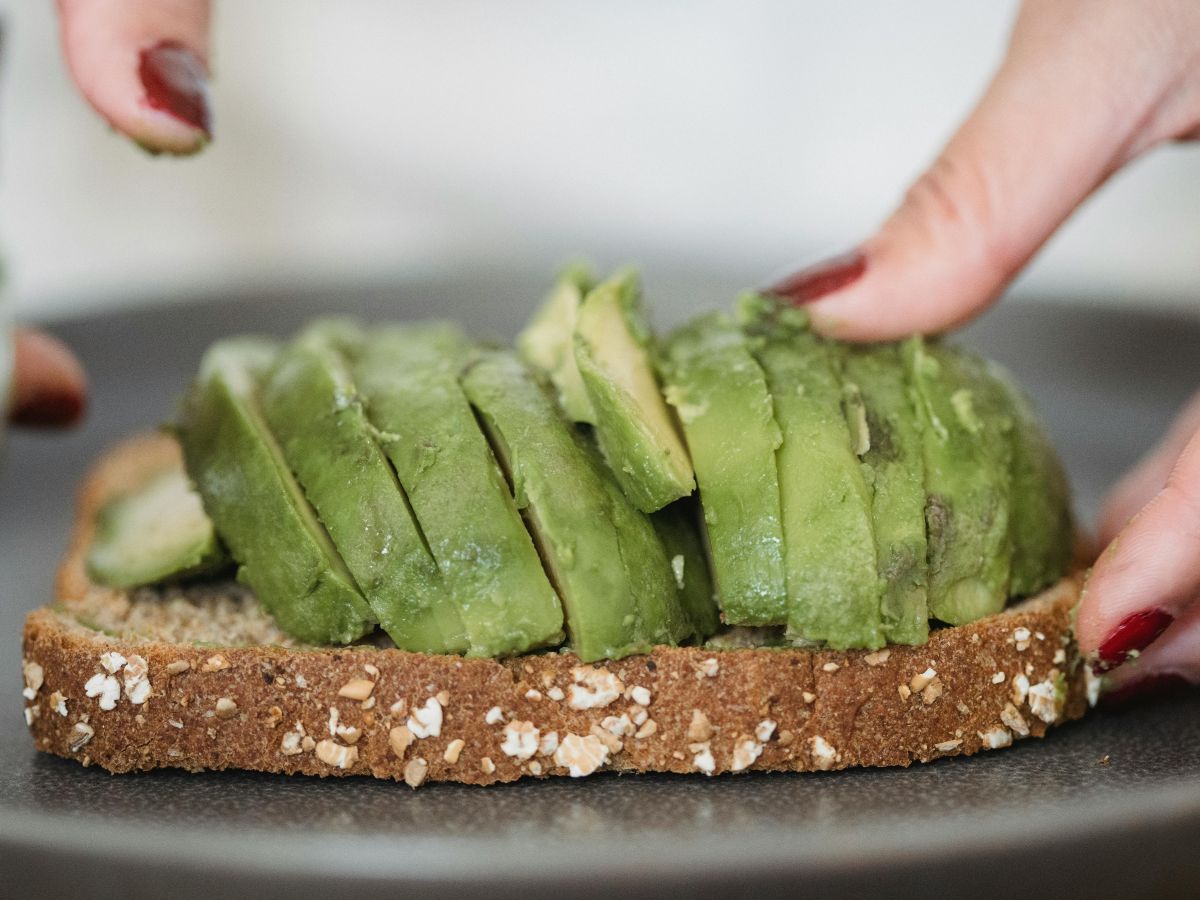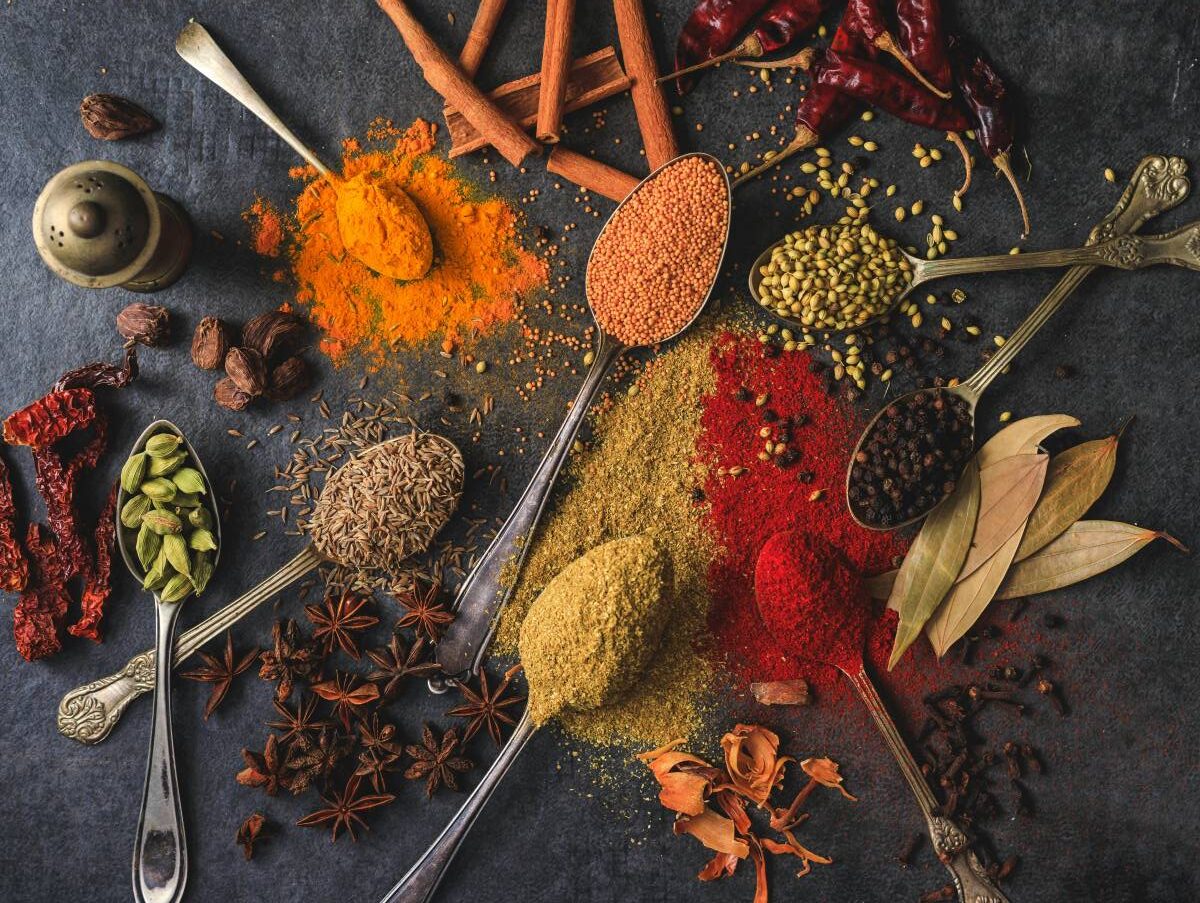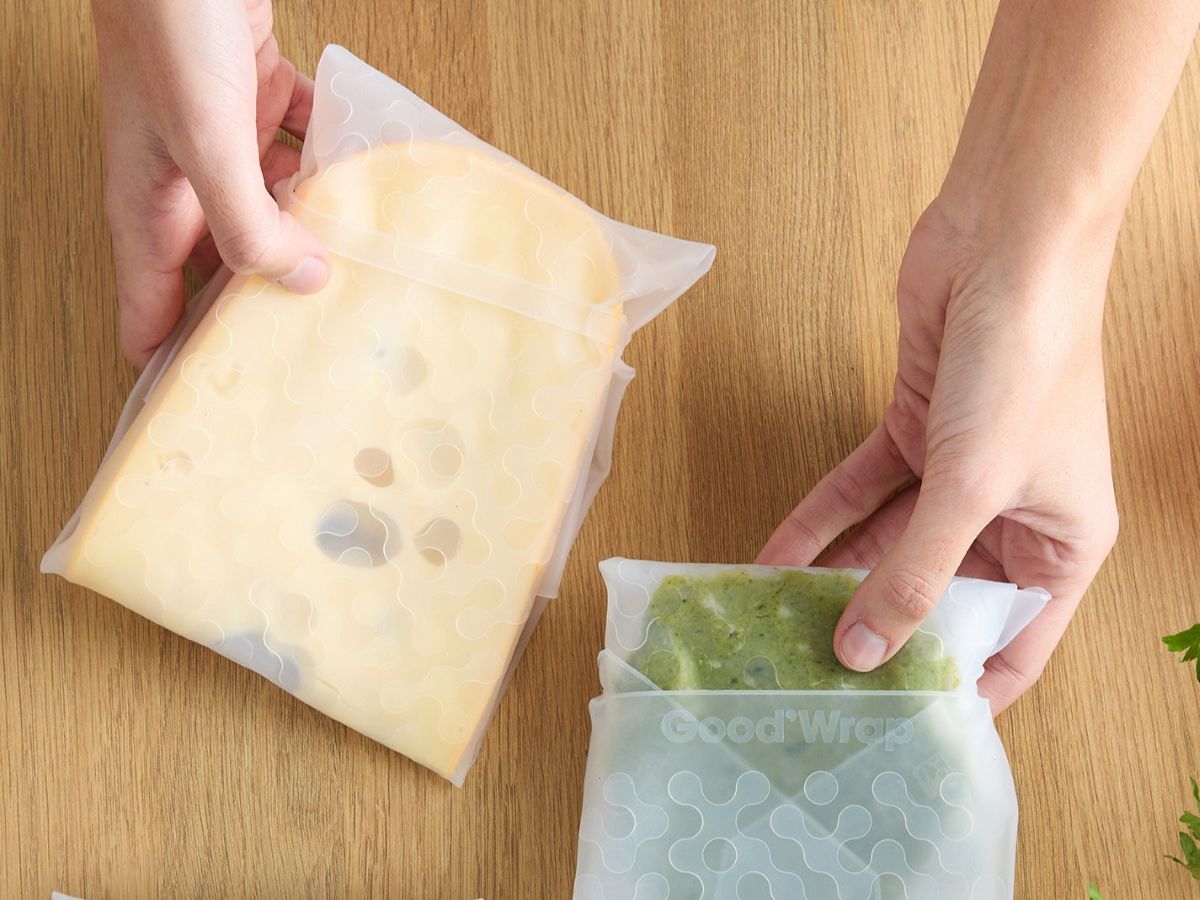The avocado, who doesn't know it? This green friend, also called ‘green gold’, is a regular part of many poké bowls, is often served on toast and is the main ingredient of the popular dip guacamole. Yet the fruit vegetable has a bad image. It is said to be a huge water guzzler. In addition, avocados are associated with poor working conditions and deforestation, and are often transported by plane to Europe which causes hefty greenhouse gas emissions. So, how sustainable are avocados really? And does it matter where avocados come from? Lauri went to find out!
The food footprint of an avocado
We Dutch have become big fans of the avocado in a short time, according to several studies. On average, we eat about 12 per year. And that number has risen considerably in recent years, as in 2008 we ate three avocados per person. The advent of avocado toast must have had something to do with this. Unfortunately, the great popularity of the avocado also has negative consequences: it causes water scarcity in producing countries. To meet the growing demand, more and more forests are being cut down to establish avocado plantations. Not to mention the avocado mafia in Mexico....
This is where our beloved avocado comes from
Avocados do not cope well with cold or wet weather, so here in the Netherlands, unfortunately, they would not do so well. Although researchers at Wageningen University and Research (WUR) are trying to prove otherwise, so who knows what the future holds. For now, avocados only grow in areas with warm and dry weather conditions, for example South Africa, South America, but also a little closer to home around the Mediterranean, in Spain and Italy. Spain was long the only European country were avocados are grown, but it was joined in 2019 by Italy, where the first trees were planted in April.
The Netherlands mainly imports avocados from Chile and Peru, according to CBS data. Avocados from Mexico go mainly to the United States. Although the Netherlands is the second-largest importer in the world, this is mainly because a large proportion of avocados are re-transported via the port of Rotterdam to other countries in Europe.
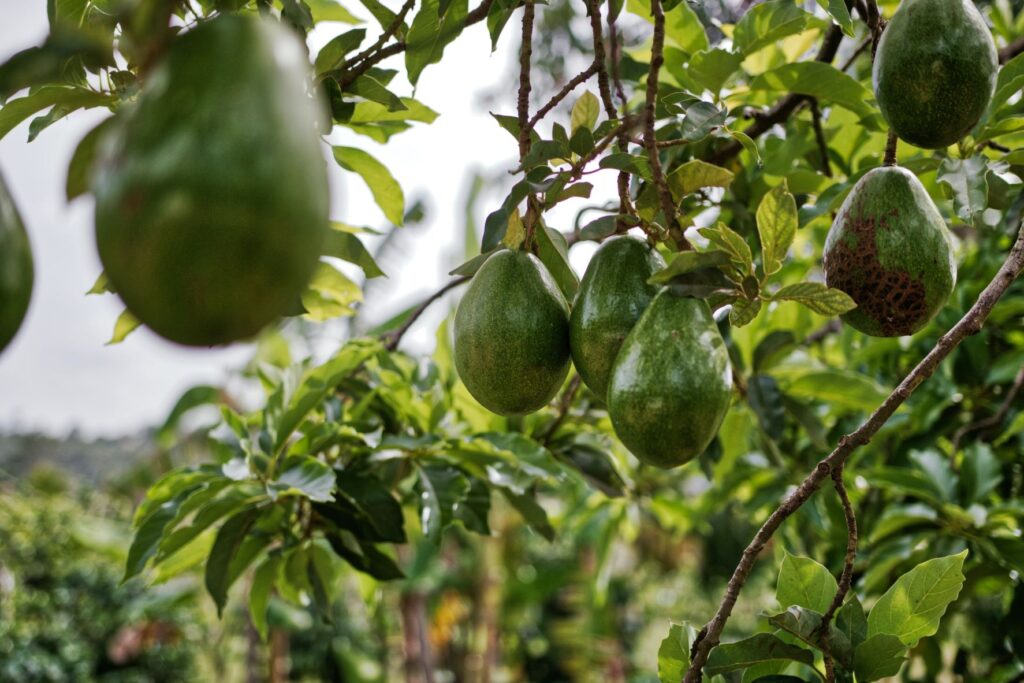
Avocado and water consumption
Avocado production requires a lot of water. A kilo of avocados requires about 1,300 litres of water, according to data from the RIVM. That seems a lot, but we should not forget that all our food needs water to grow. And if we compare it with meat, for example, you quickly see big differences. Chicken meat, for instance, takes 4,300 litres per kilo, pork 6,000 litres per kilo, and beef a whopping 15,500 litres of water! Of course, this does not mean that we should consume unlimited avocados, as the avocado tree is rightly known as a huge water guzzler. Other exotic fruits require a lot less water. A kilo of mangoes requires about 370 litres, while a kilo of bananas requires only 84 litres. To make it all even more difficult: it remains a complicated puzzle. Because water consumption also depends on how much rain falls in a region, what other crops are grown there, what the role of the government is, and how the water is distributed among residents, farmers and businesses. It is therefore very difficult to compare regions on a one-to-one basis.
Spanish avocados more sustainable?
So might it be better to get avocados from Spain? Yes and no. Avocados from Spain obviously come from closer and do not need to be transported by plane, but the country also processes and re-exports avocados from other areas. As a result, it is not always clear whether your Spanish avocados really come from Spain. Moreover, weather conditions in Spain are not ideal either. There are only a few areas that are suitable, such as Axarguia in Malaga and the coast near Granada. And in Spain, too, the trees guzzle water: about a thousand litres of water per kilo of avocados. While farmers can also grow a kilo of tomatoes for two hundred litres of water. Finally, a lot of money disappears into the pockets of middlemen in this region, which means farmers do not receive adequate wages and can get into trouble, says farmer Antonio Guererro to the NRC Handelsblad.
Organic cultivation
So should we stop consuming avocados altogether? No, we don't have to. But do be extra conscious of your purchase. Would you like to keep eating avocados? Then choose organic avocados as much as possible, as this can make a big difference. Organic growers are bound by stricter rules around soil use. As a result, organic farmers grow on better soil, with more biodiversity and less pollution. This healthier soil has greater water-holding capacity, which ensures better carbon fixation and less erosion. According to calculations by Soil & More Impacts, a Germany-based consultancy specialising in ecological impact analyses, choosing an organic avocado will save you 88 litres of water per kilo compared to regular avocados.
Organic avocados are also transported by ship or truck whenever possible, rather than by plane. You can find organic avocados at your local organic supermarket, Ekoplaza and some organic wholesalers such as gebana, for example. Even for organic avocados, production still consumes a lot of water. It is a more sustainable alternative, but not the perfect solution. So always be critical when looking at the country of origin of your avocados and try to find information about the growers whenever possible. What are working conditions like in the region? Do the growers get paid enough?
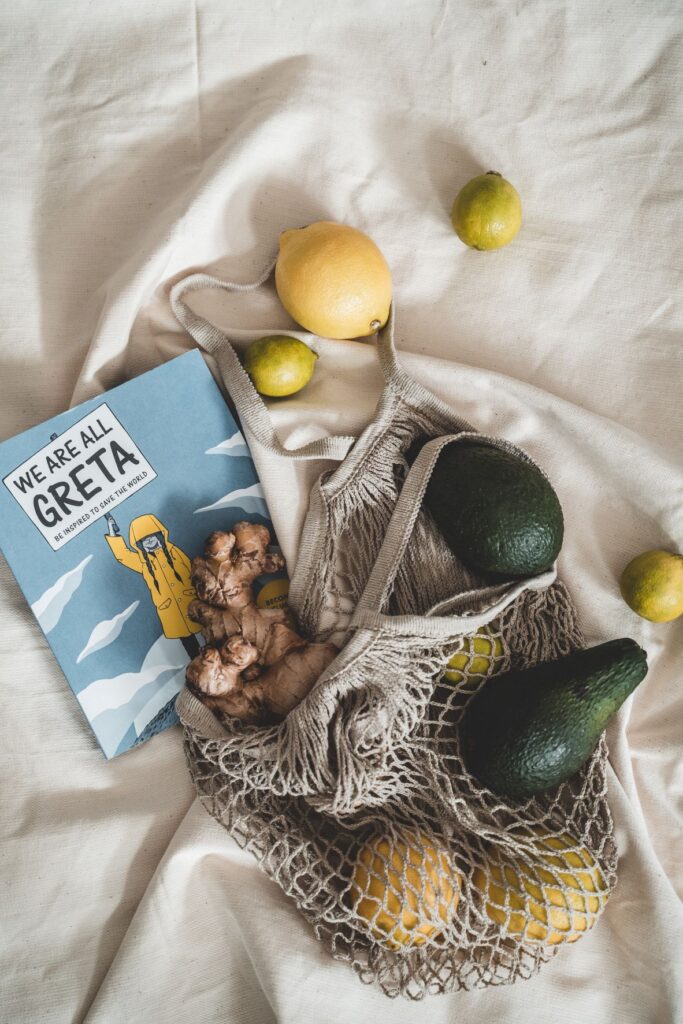
Fighting waste at home
Finally, there are some things you can do yourself at home to make sure you don't waste avocados. It sounds very simple, but don't squeeze all the avocados in the supermarket completely to find out which ones are ripe. This will cause them to brown and rot faster. Don't buy eating-ripe avocados either, these are post-ripened in climate-controlled ripening chambers (and that again costs extra energy). So buy unripe avocados and put them in the fruit bowl at home near an apple or banana. That way they ripen nice and fast and you'll have a tasty avocado within a few days. Wonder how sustainable that banana is then again: We have also sorted that out for you. Use only half of the avocado? Then store the other half with the stone, possibly in a bowl of water in the fridge. And be careful when removing the stone: do not use a knife, but a spoon to avoid accidents.



Avocado toast for breakfast or lunch is za-lig, as is a smoothie with avocado (and banana) and avocado and sushi are also a match made in heaven.
More sustainable tips from thegreenlist.nl
If you found this article interesting, you will probably also enjoy reading the following articles:
- Also see: the truth about plastic packaging.
- Also see: palm oil, it's not so black and white.
- Also see: how sustainable is jackfruit?
- Also see: enjoy a cup of sustainable tea.
Sources: CBS, AD.nl, AGF.nl, CBS, Volkskrant, Nudge, inspanje.nl, NRC, durability.nl, eosta.com. Photo credits: main image Nicola Barts (Pexels), others: Matthias Oben (Pexels), Taryn Elliott (Pexels), Daria Shevtsova (Pexels), smoothie: Semi Hadeniz (Pexels), sushi: Cottonbro (Pexels).

